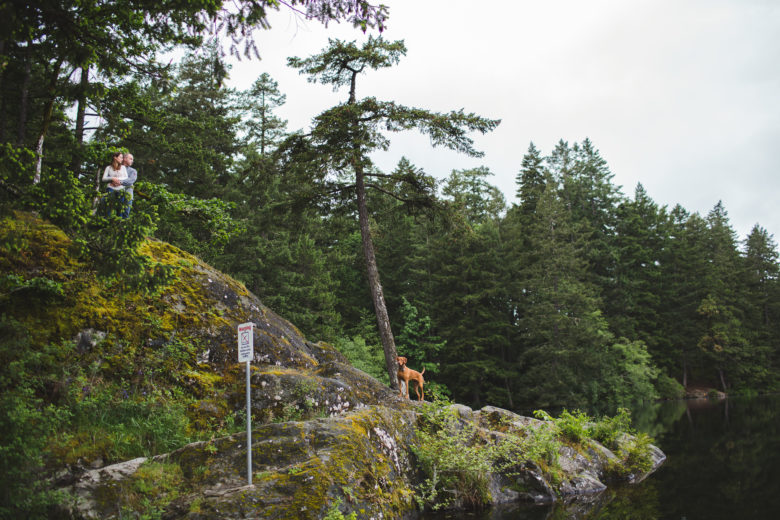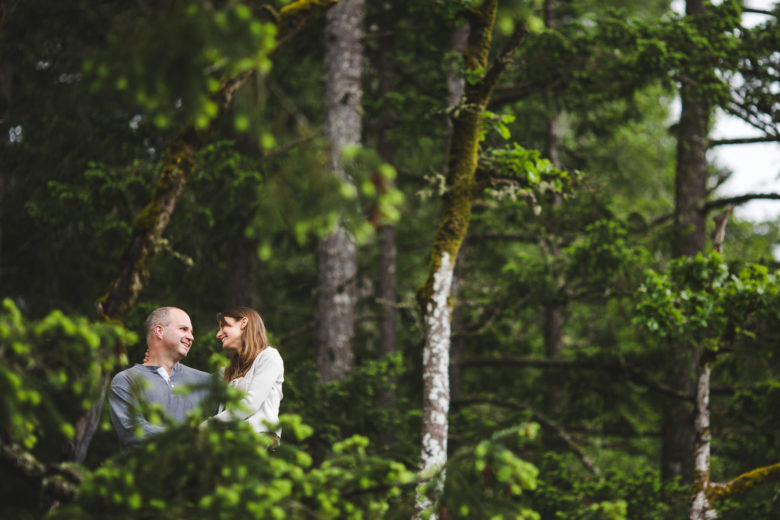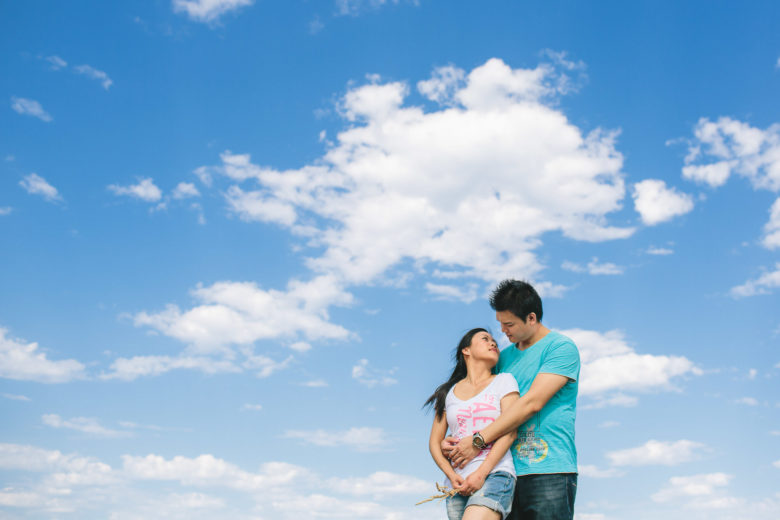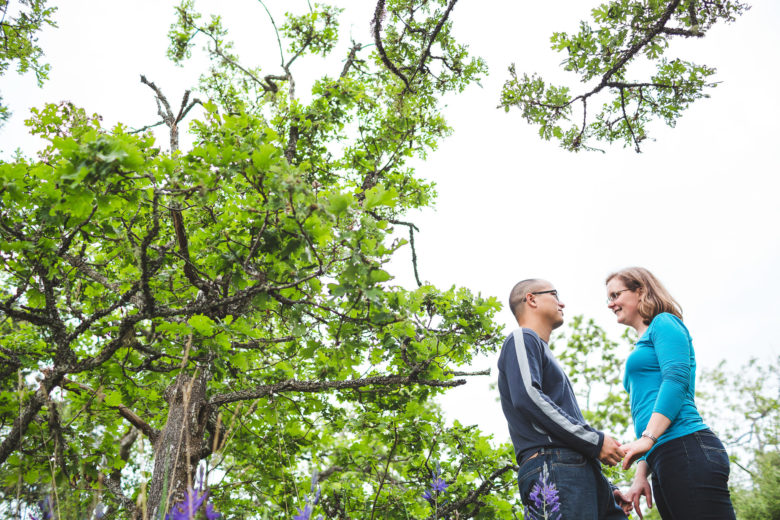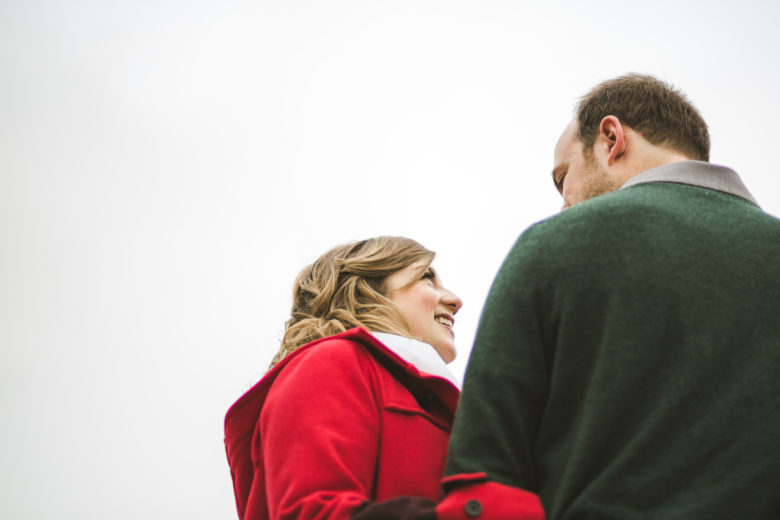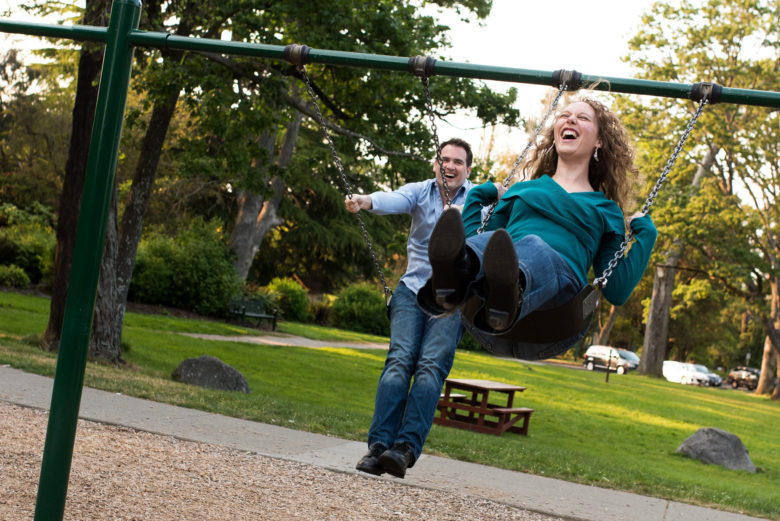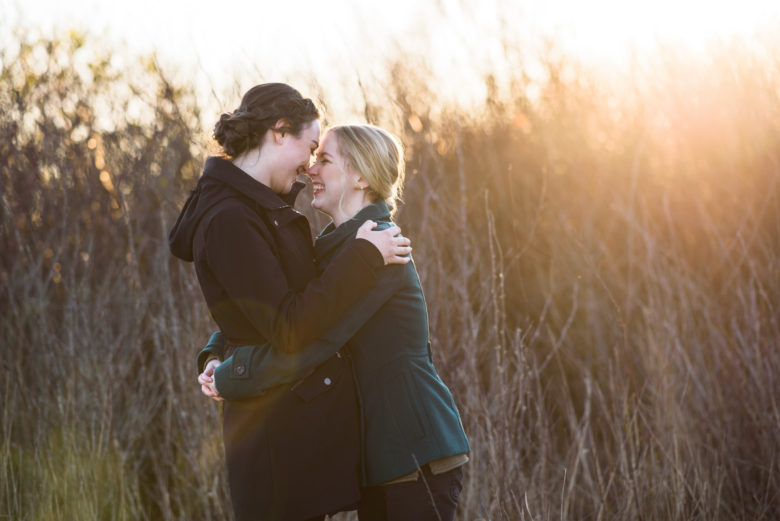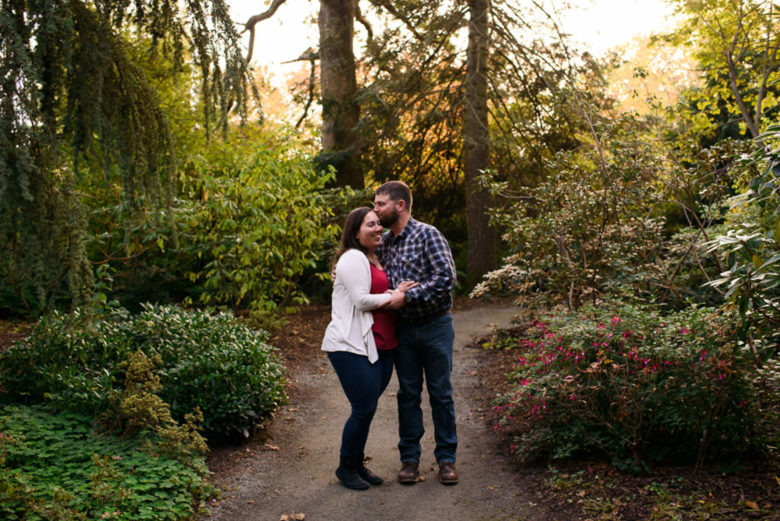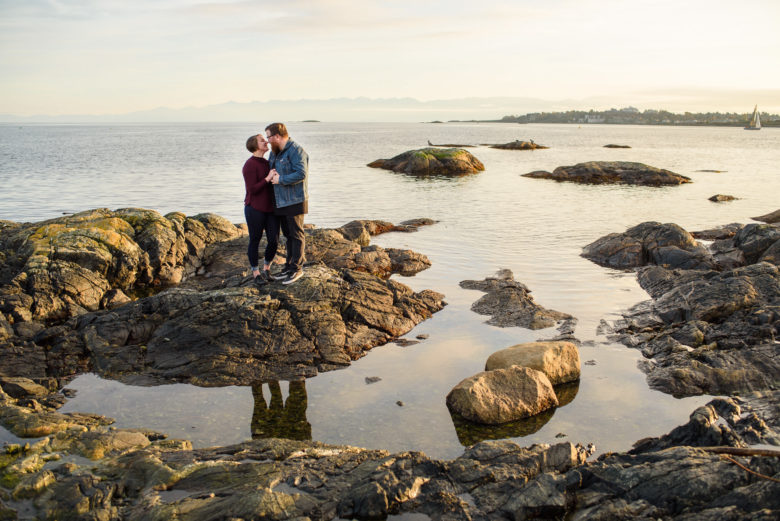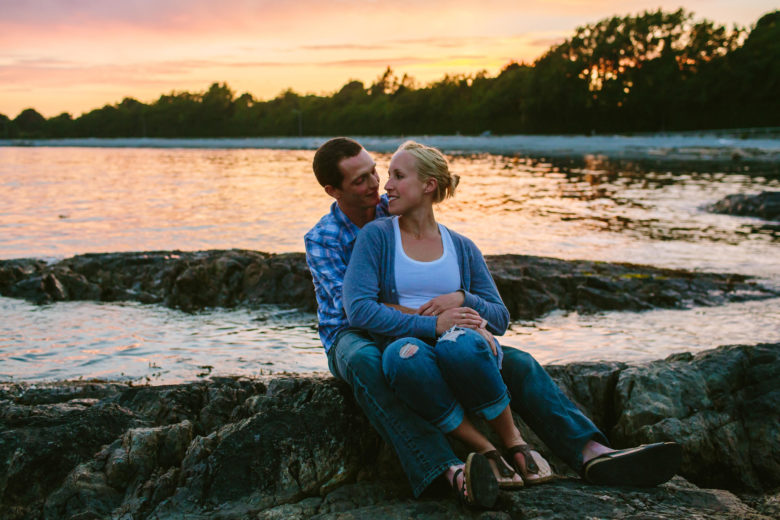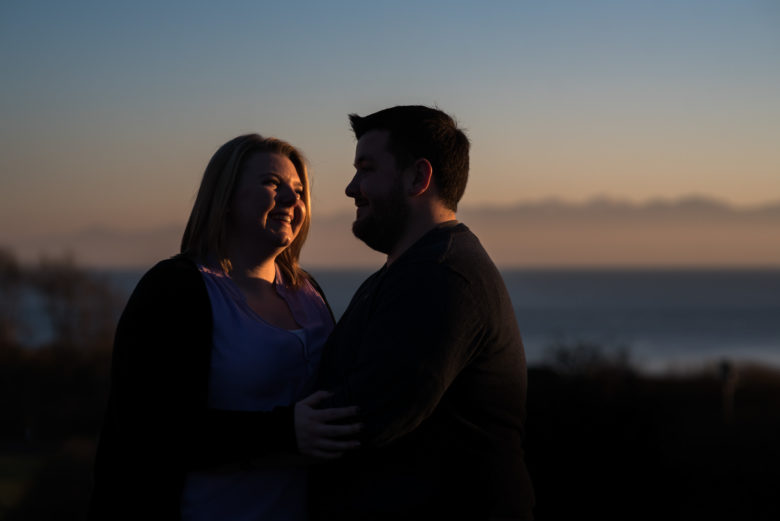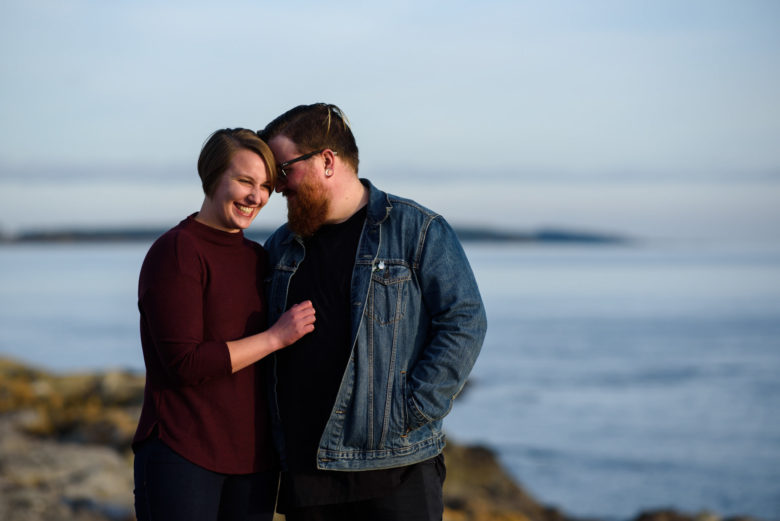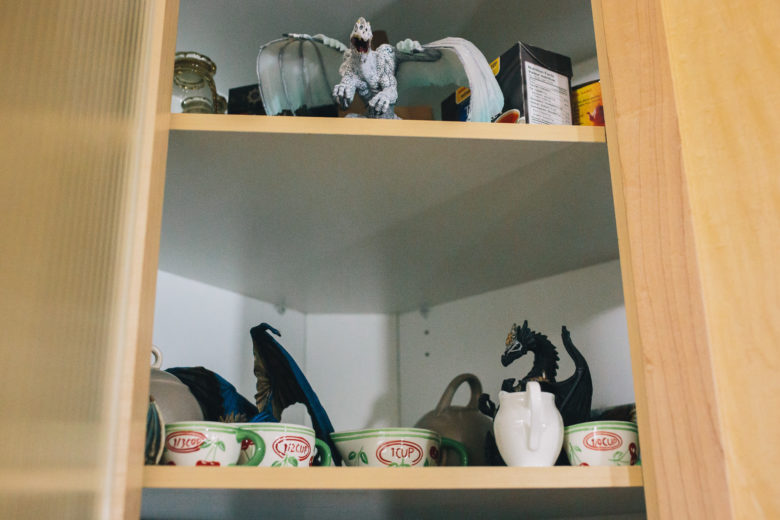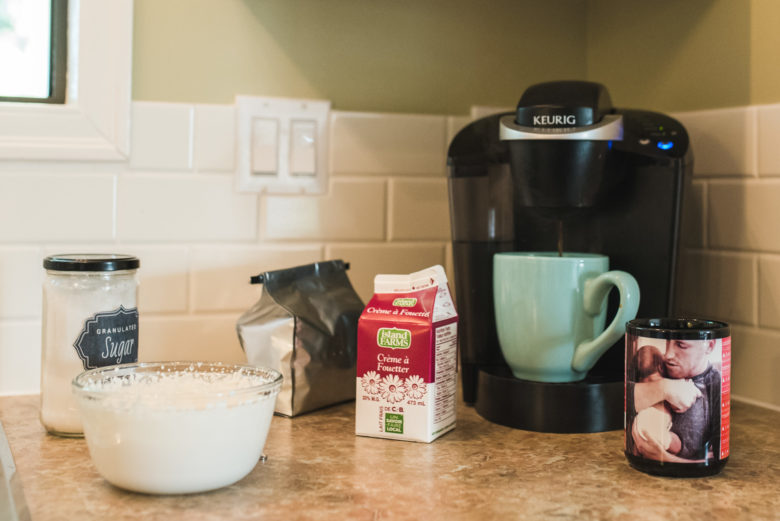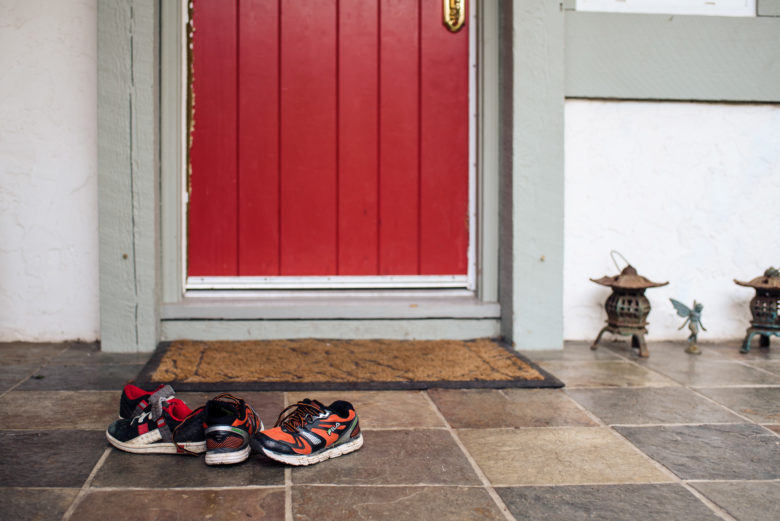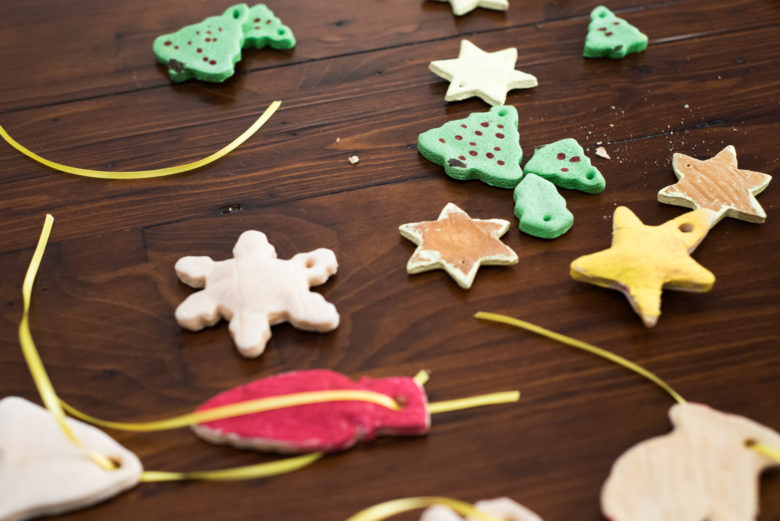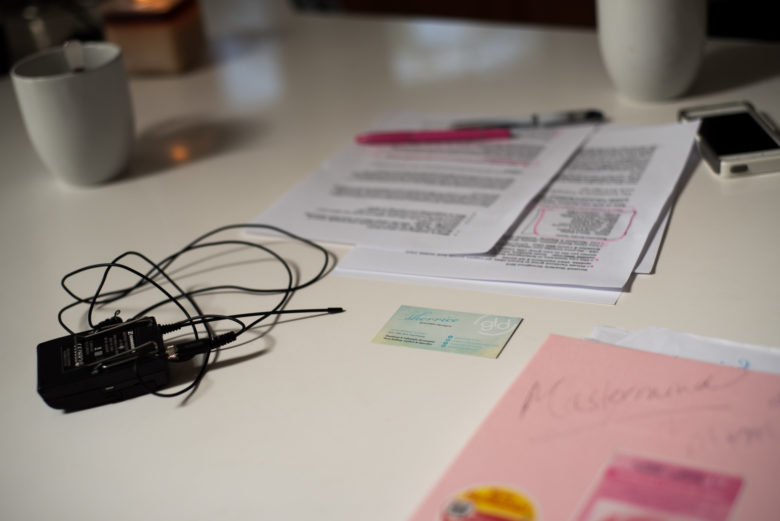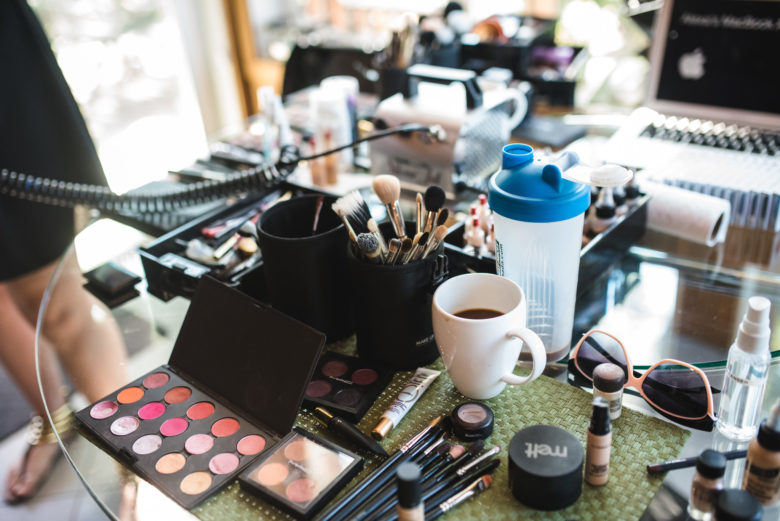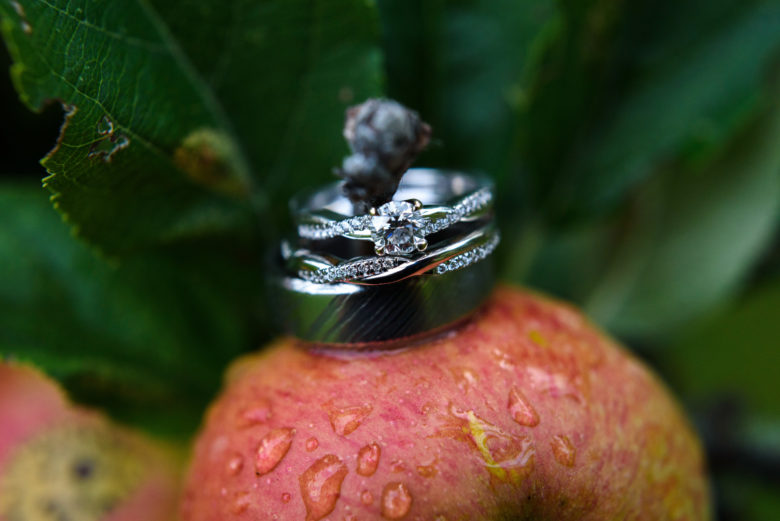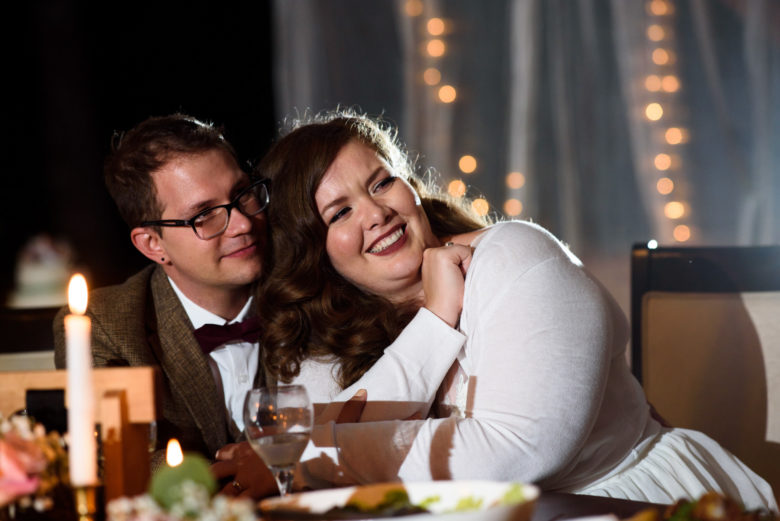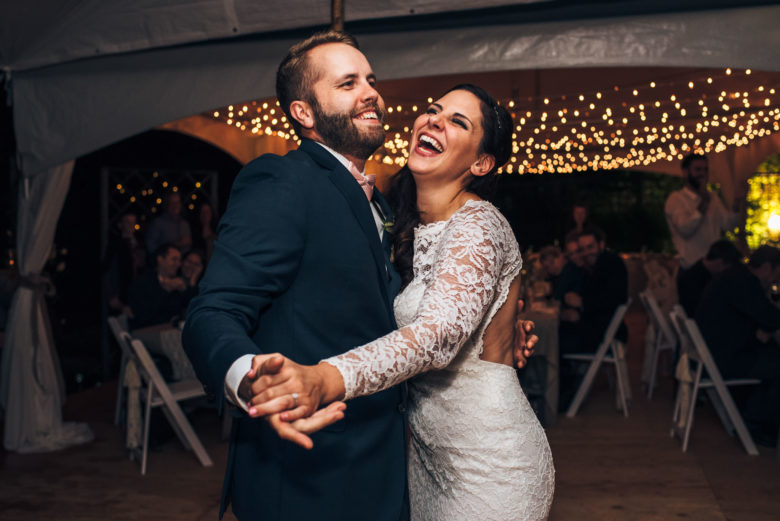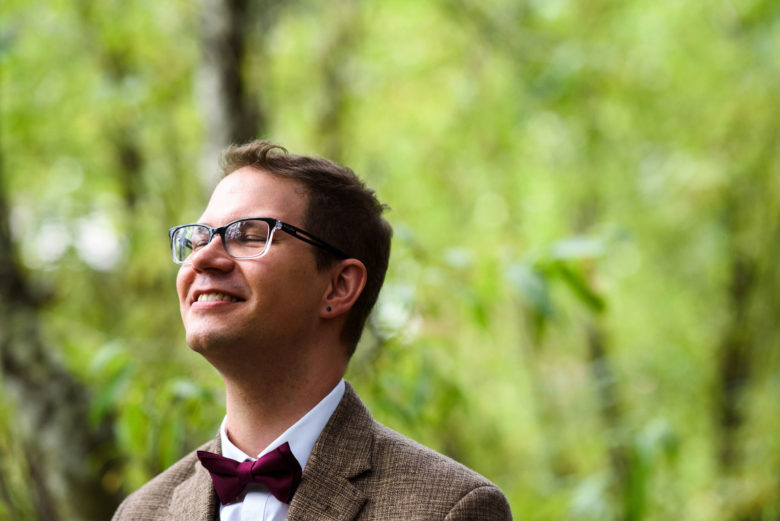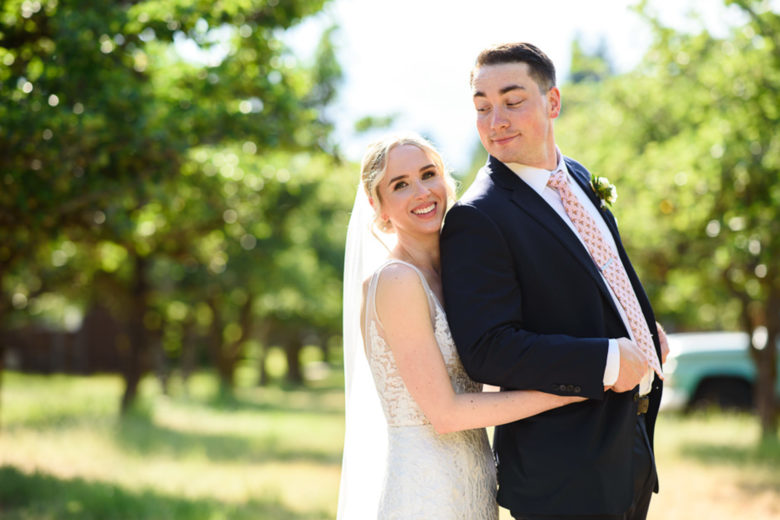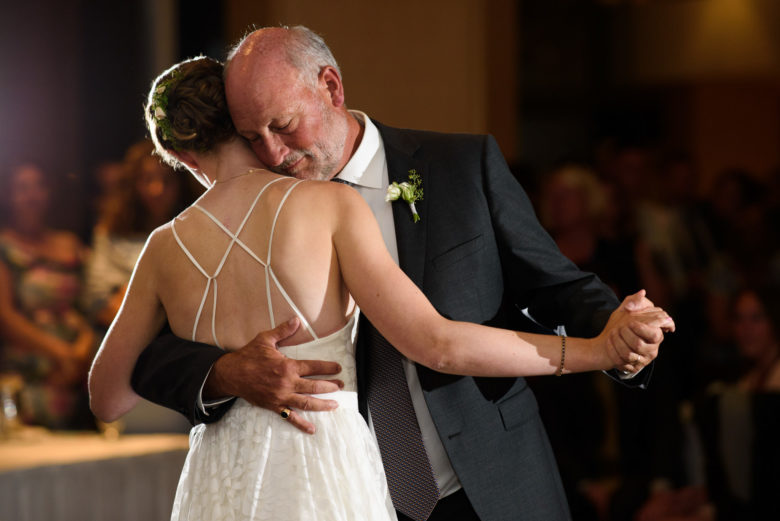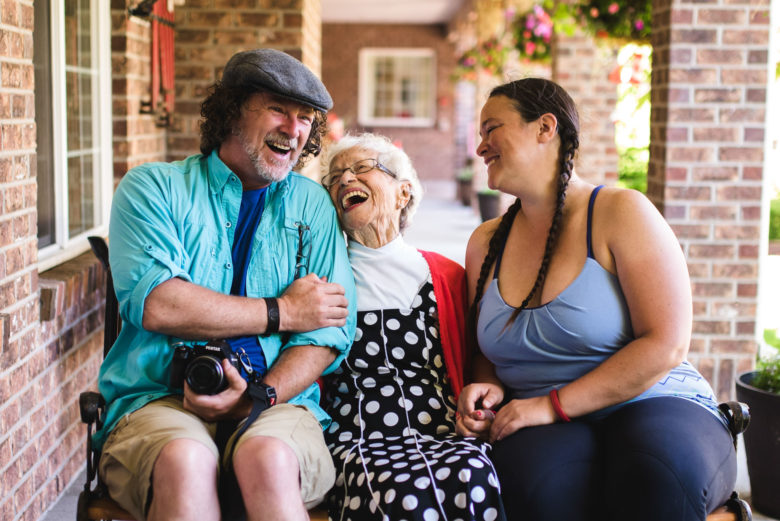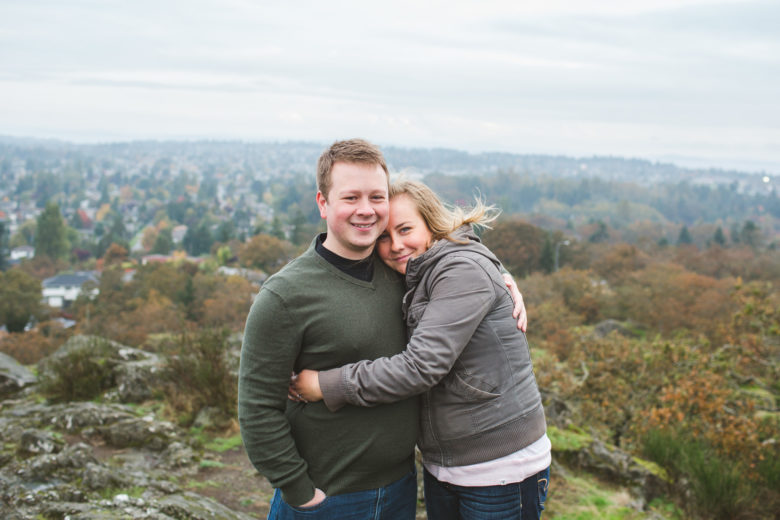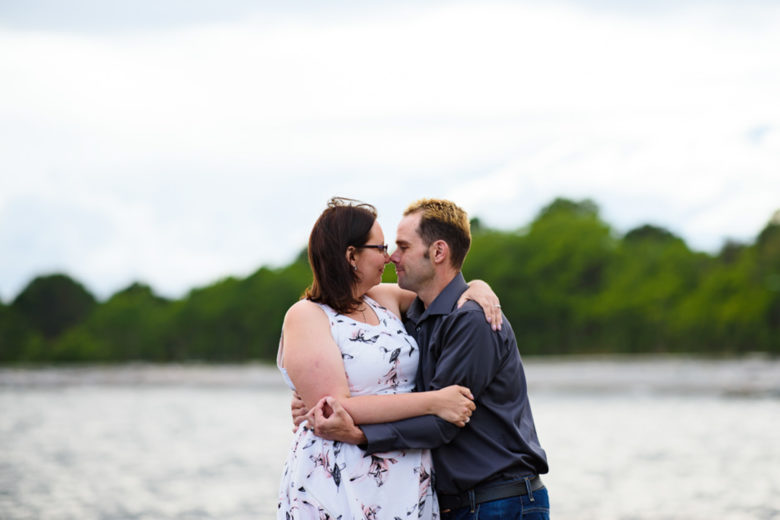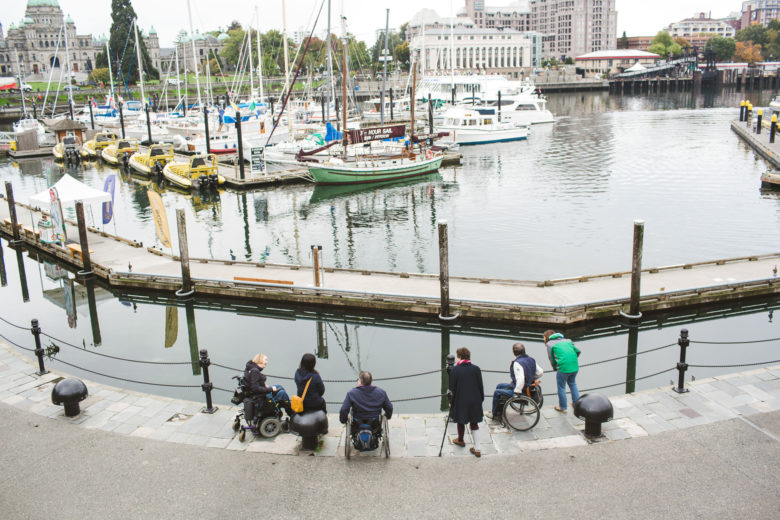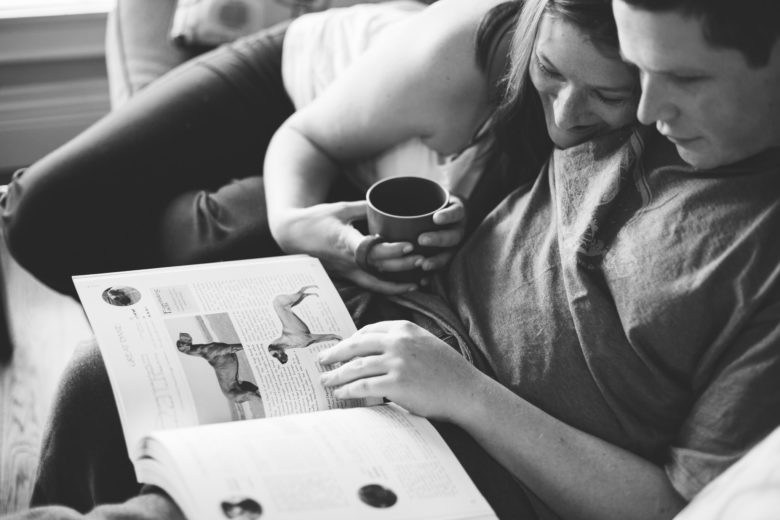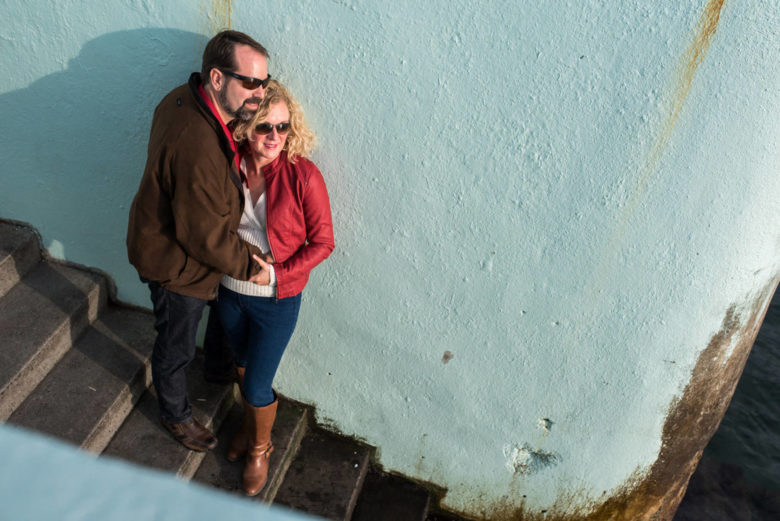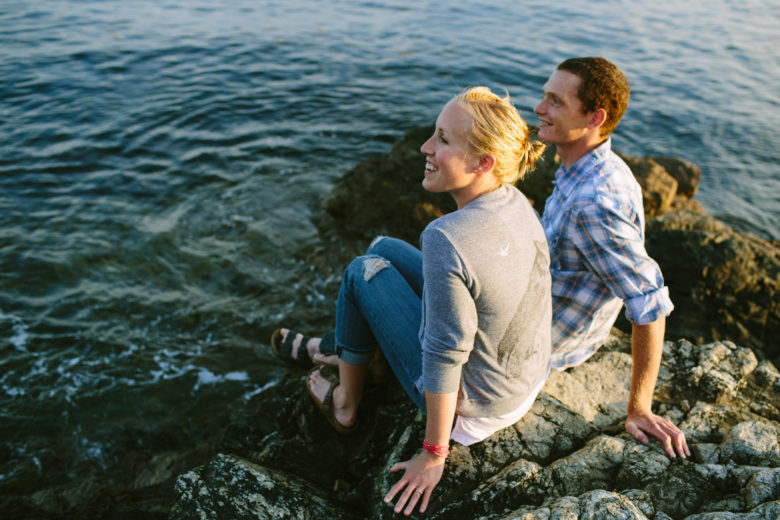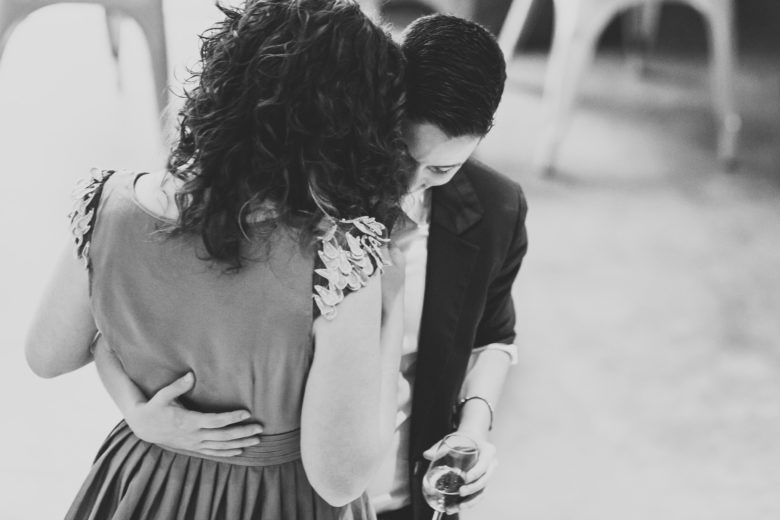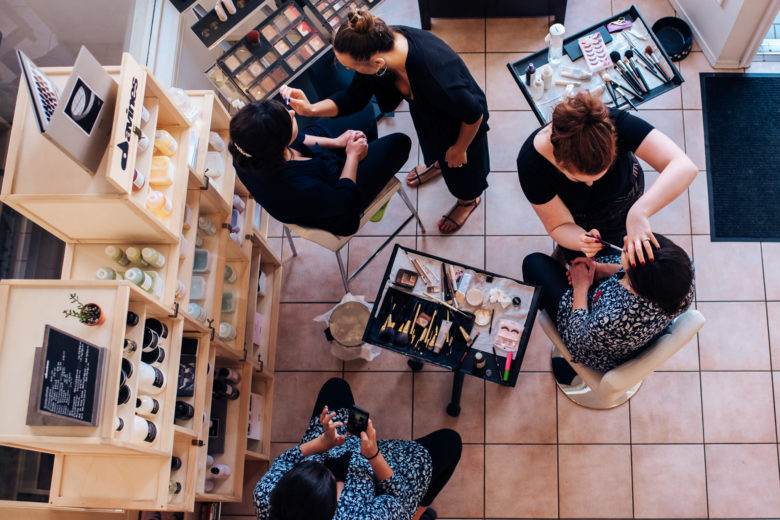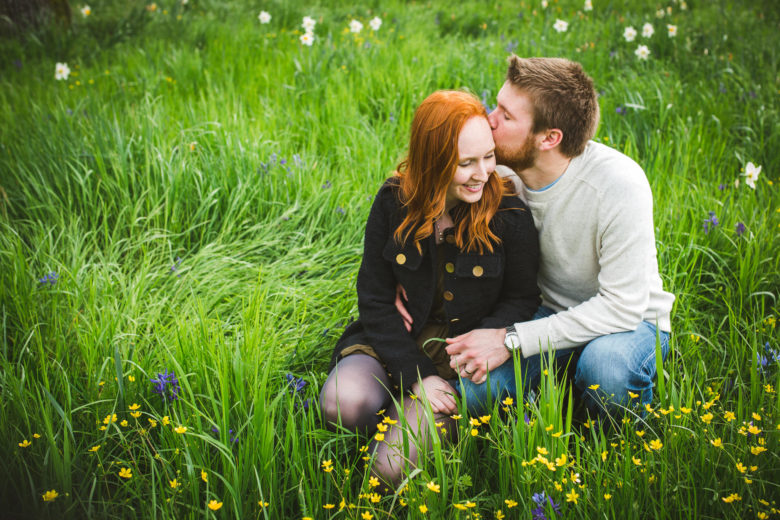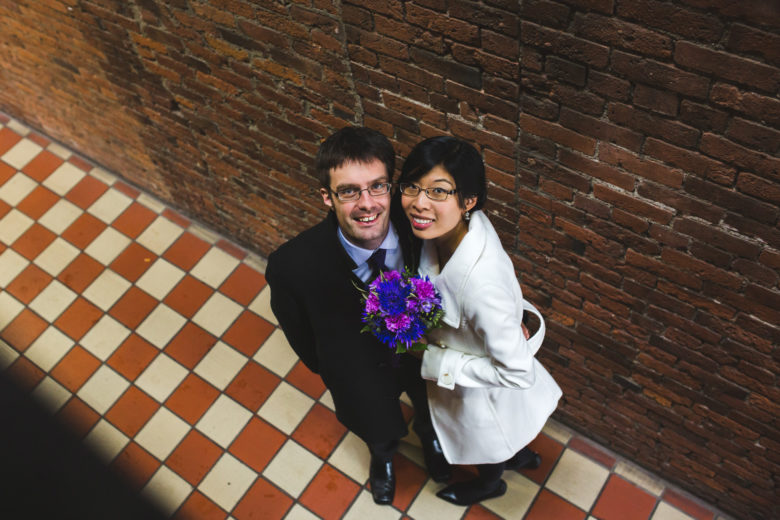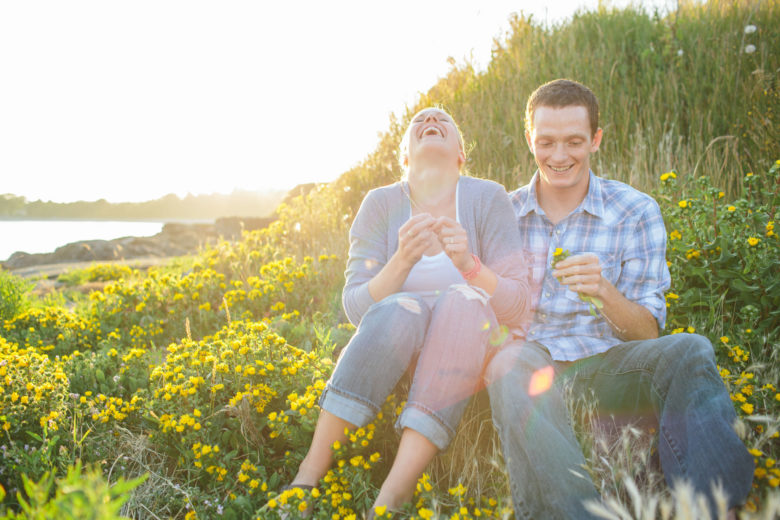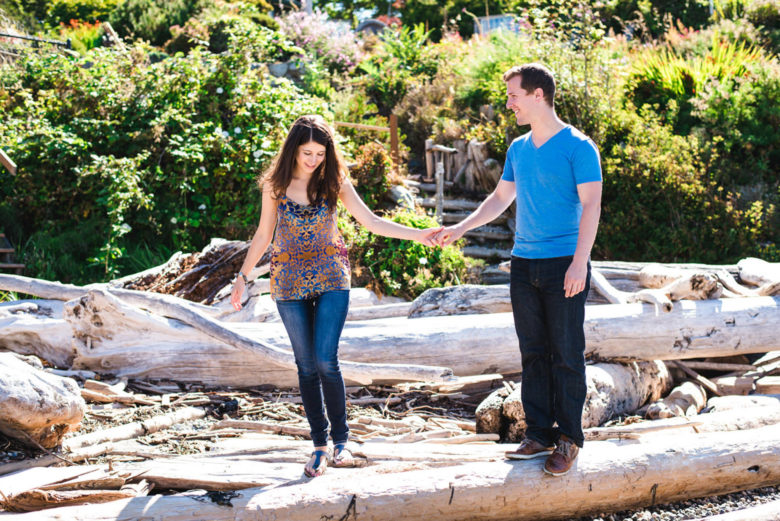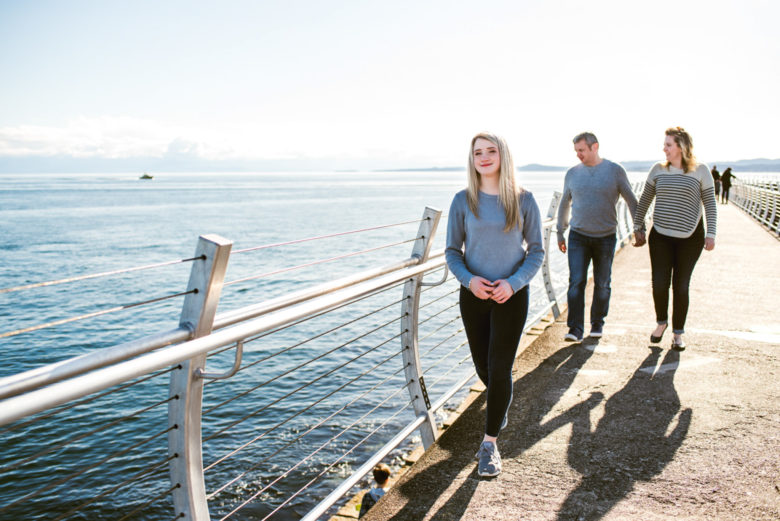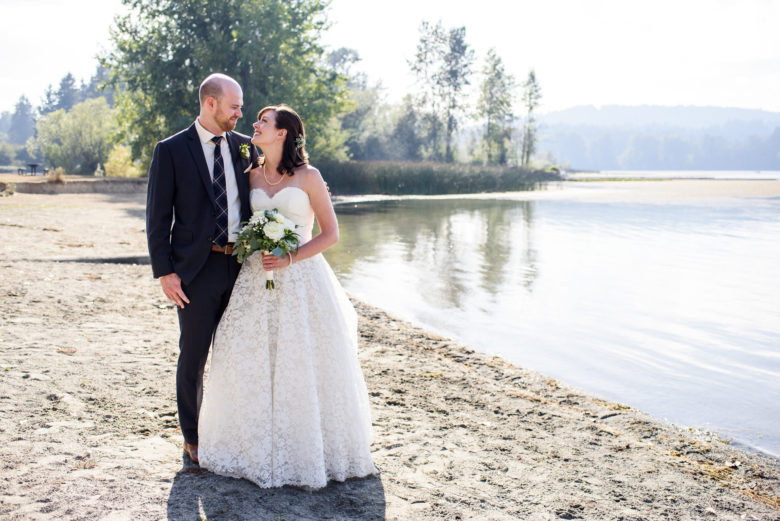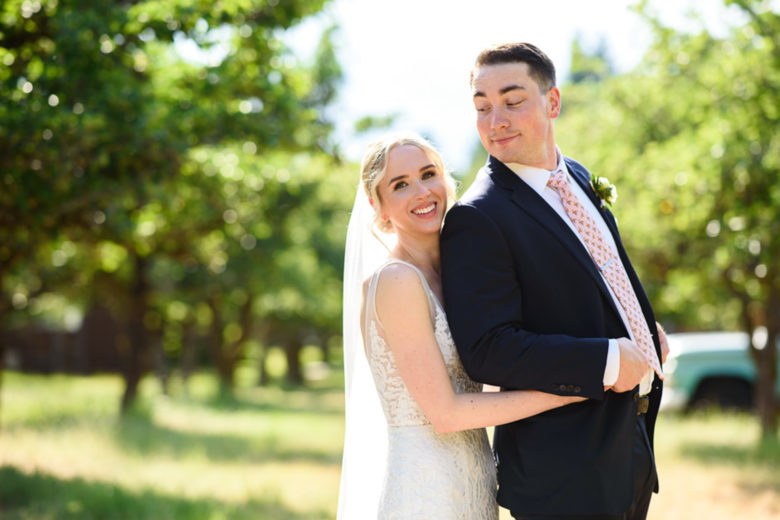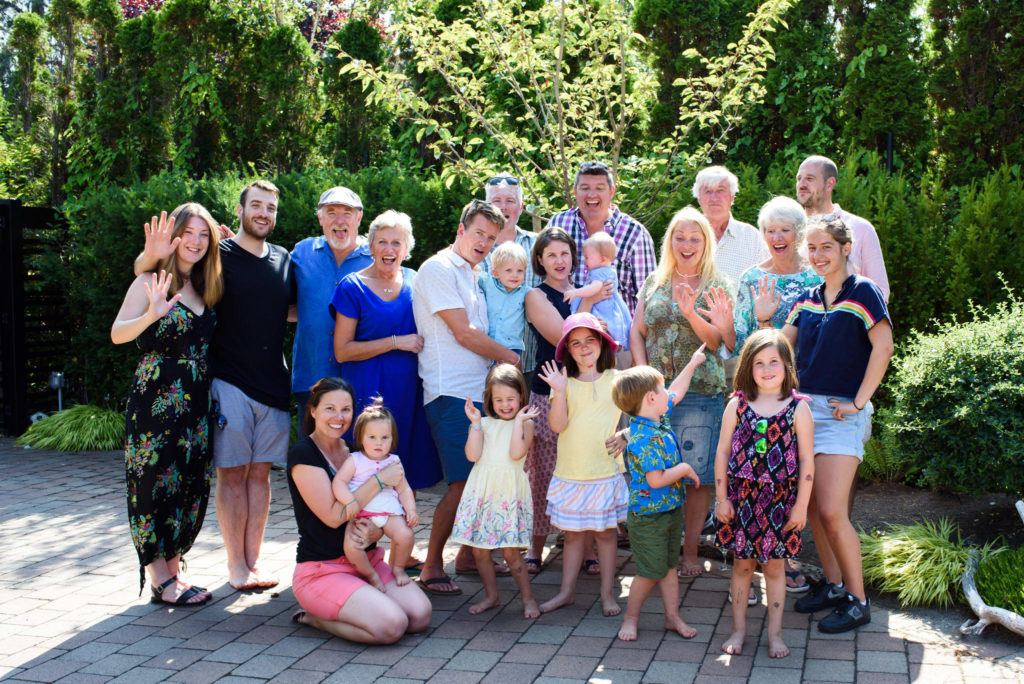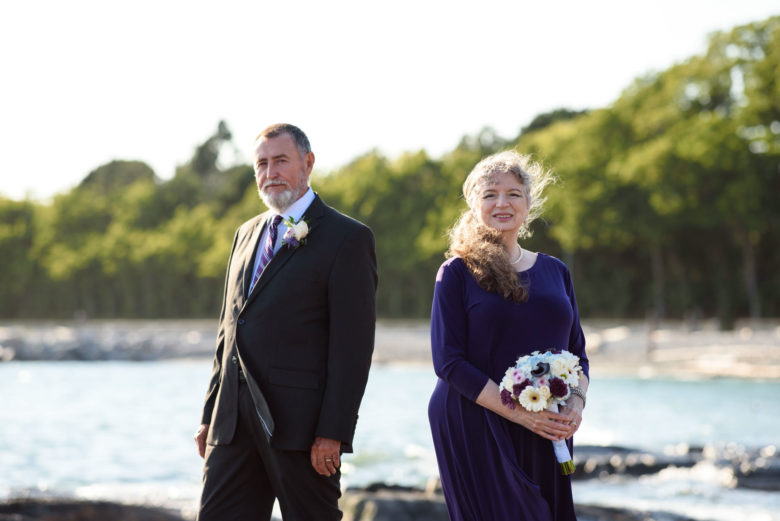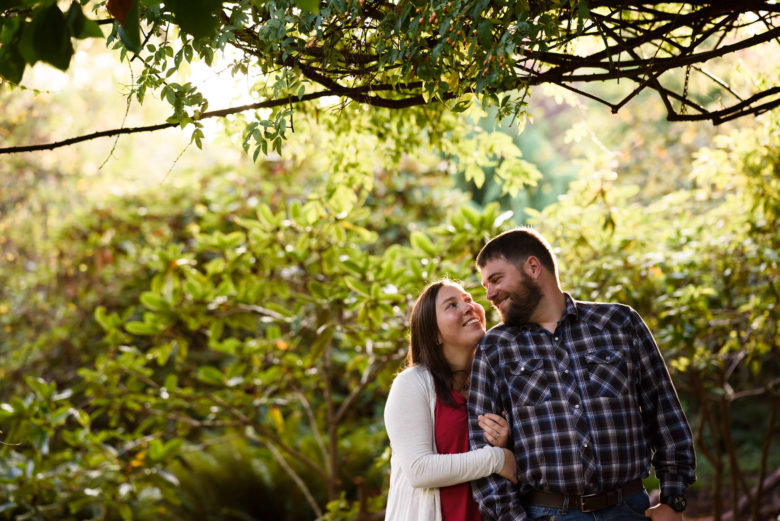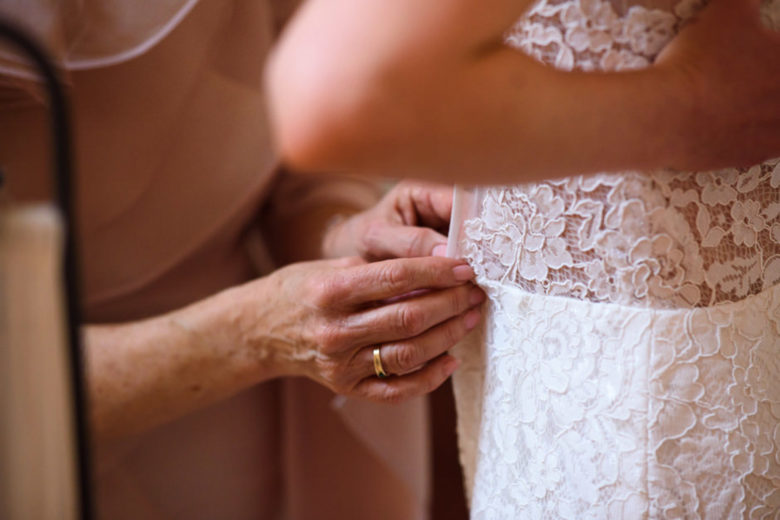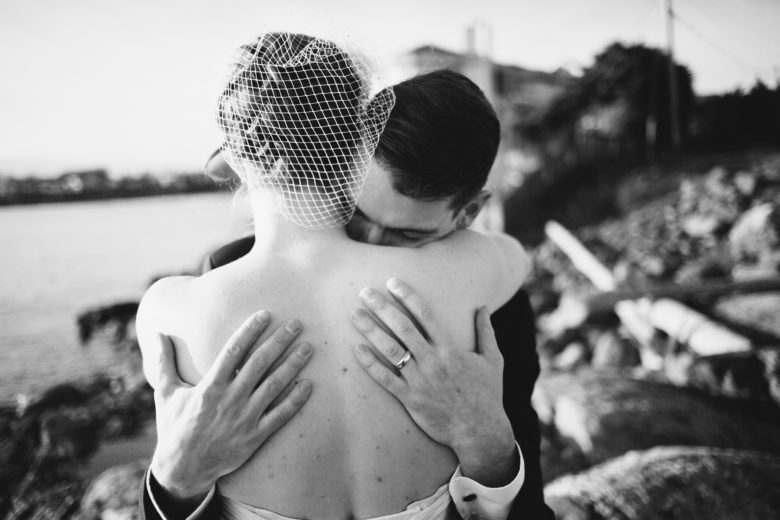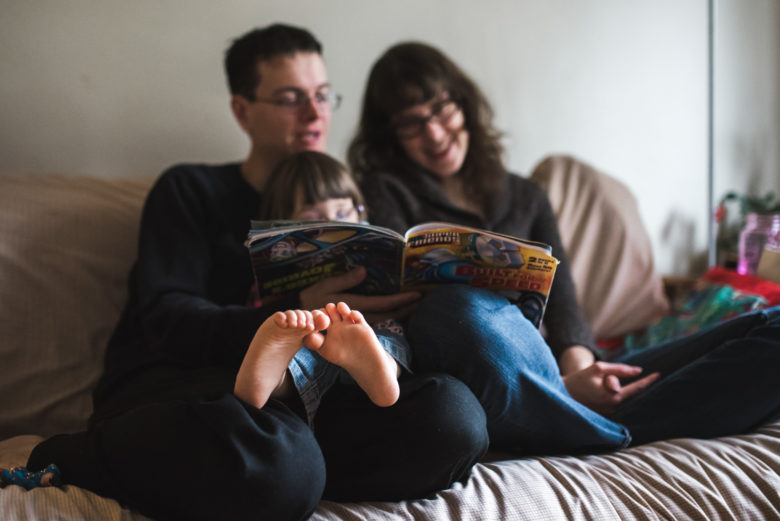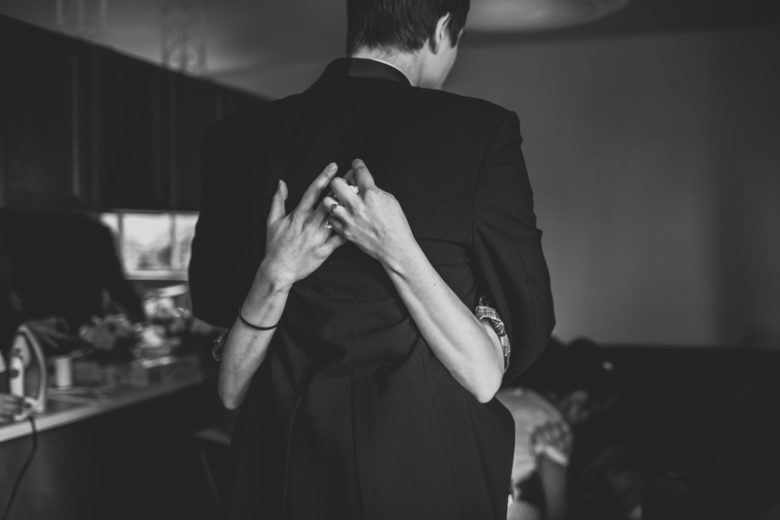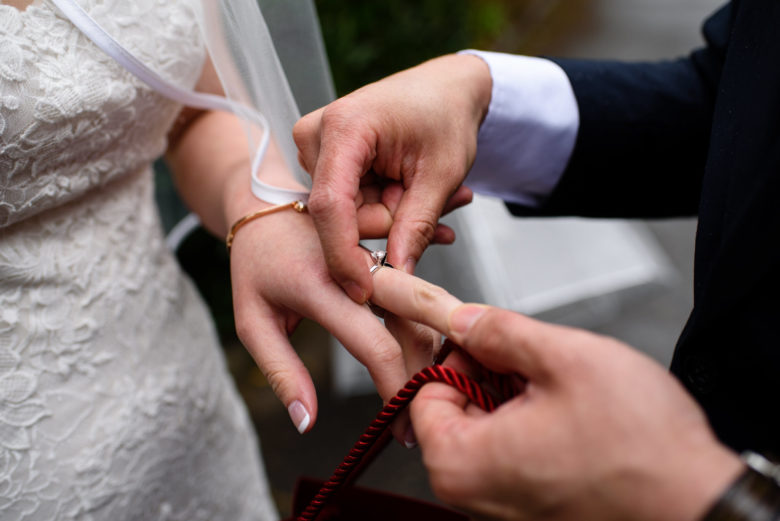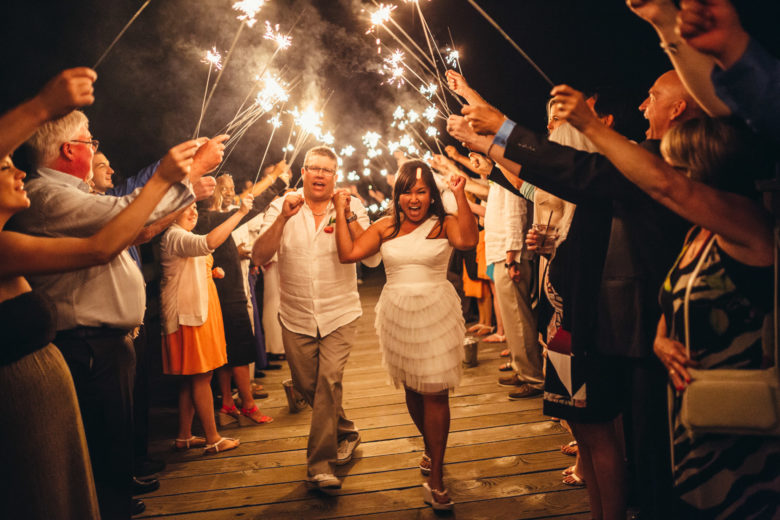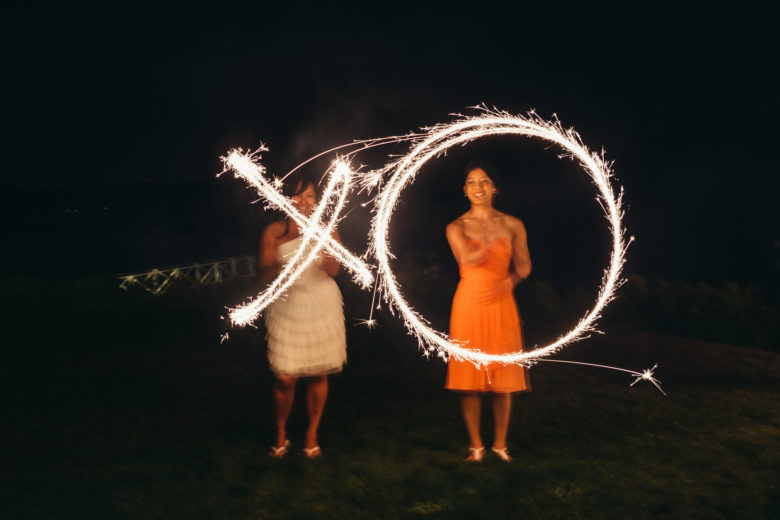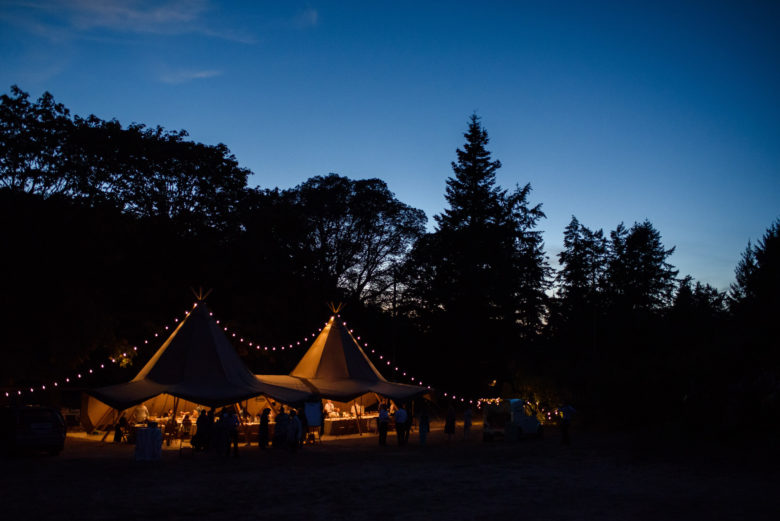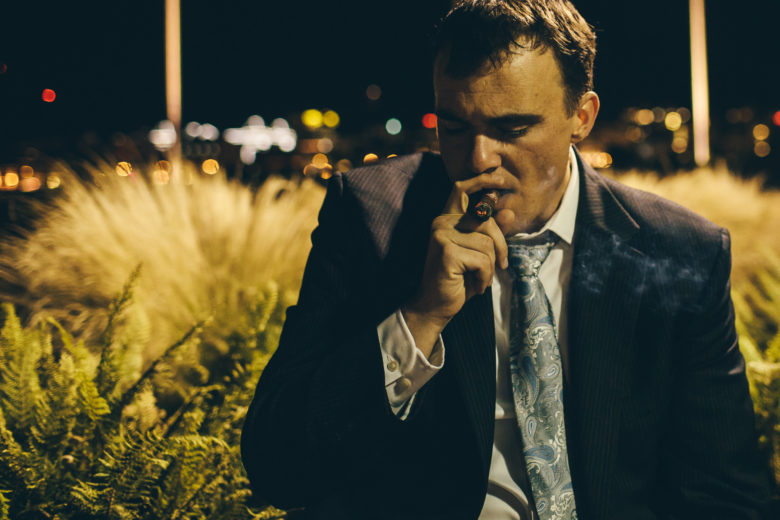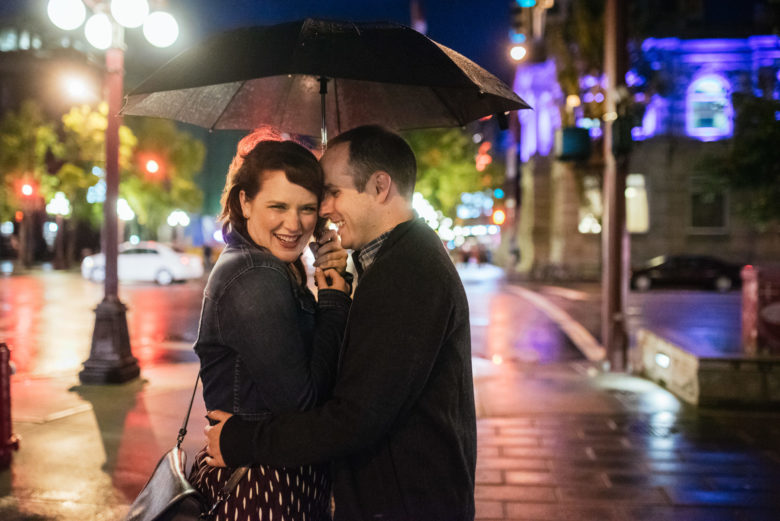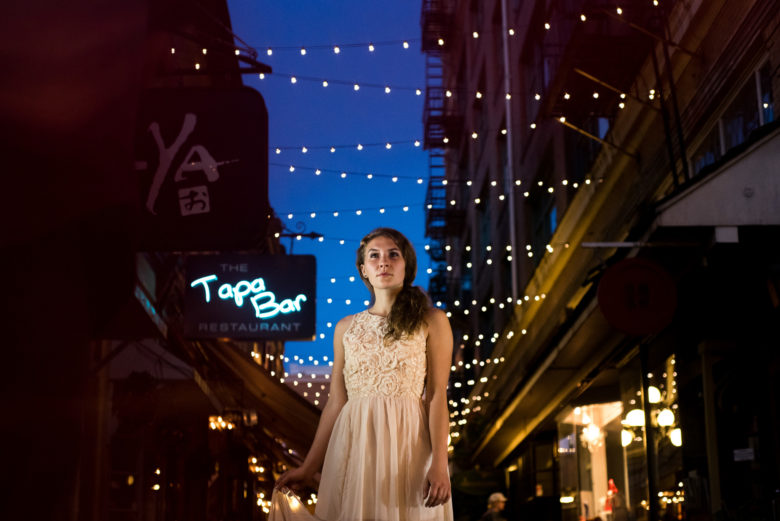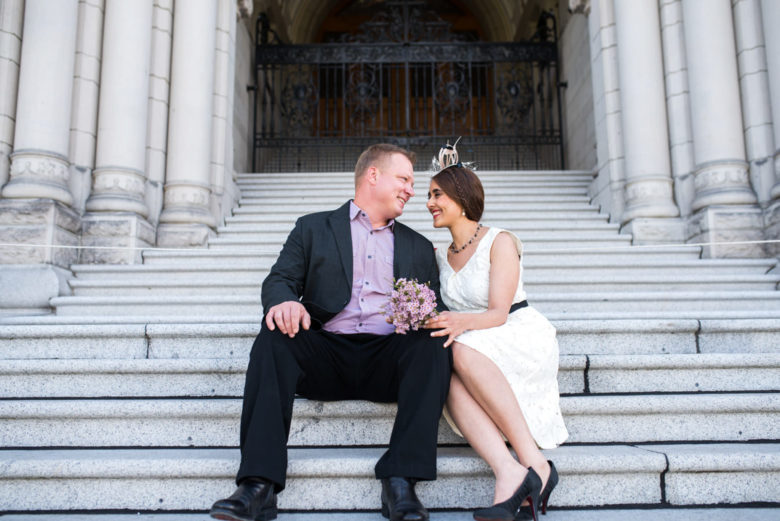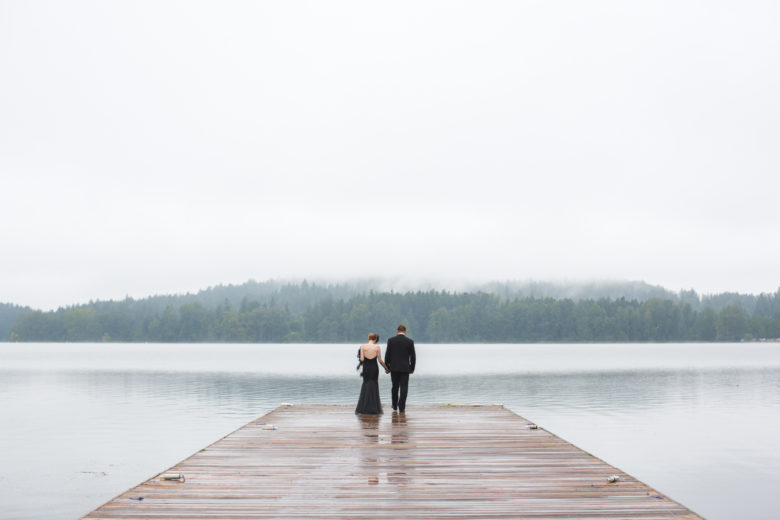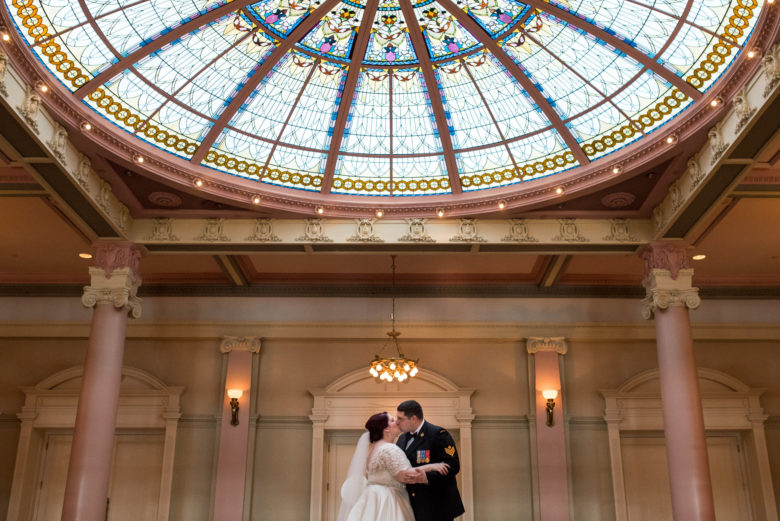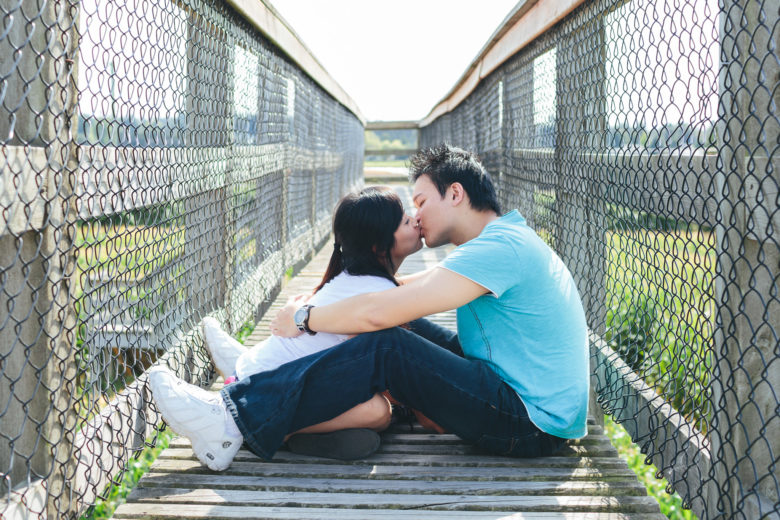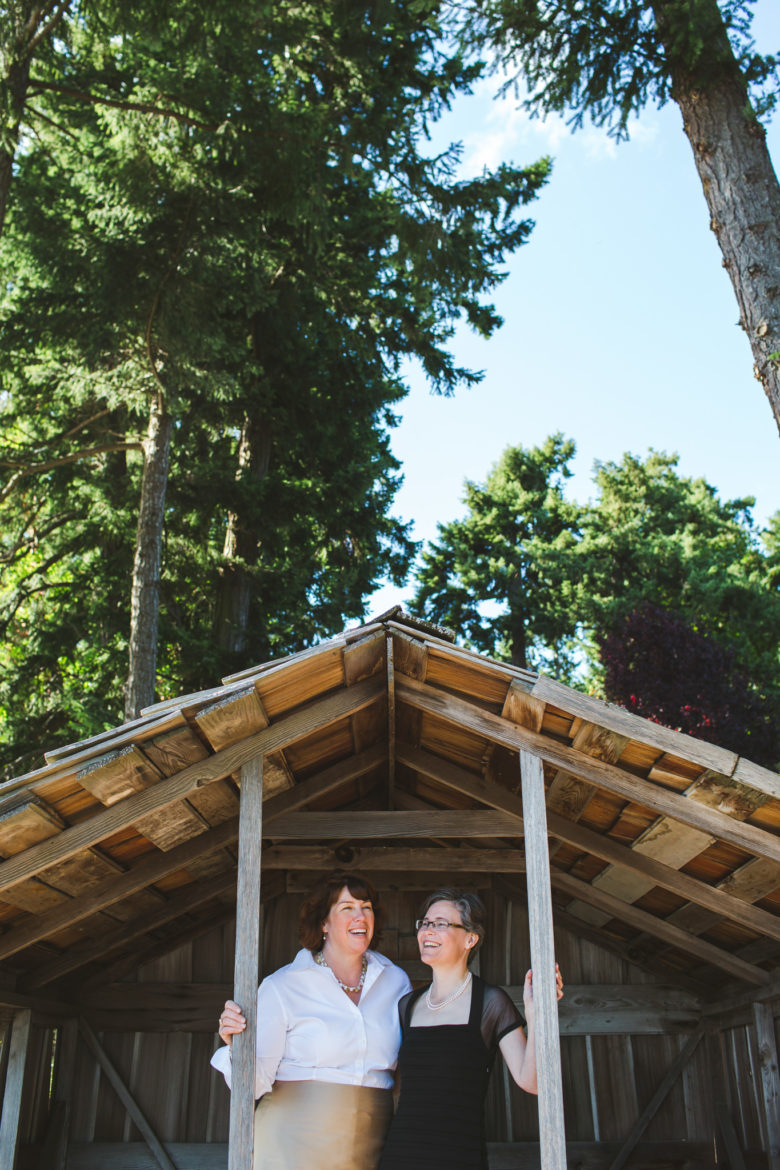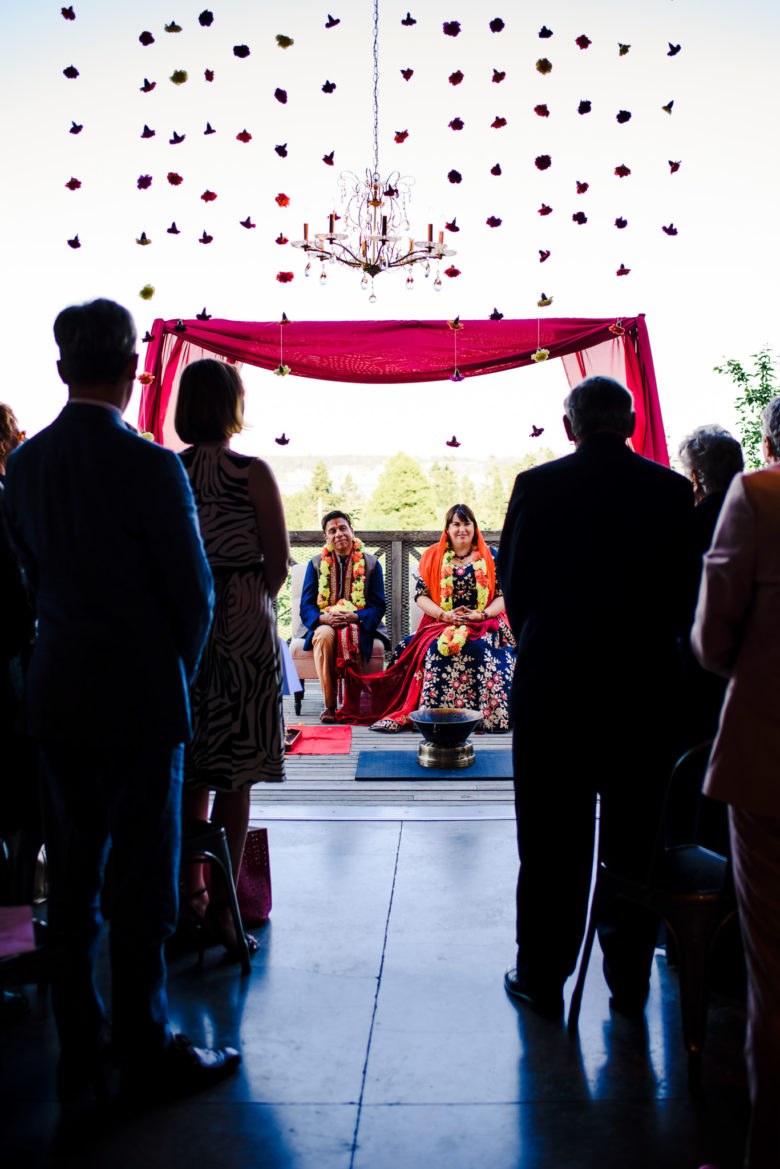This week’s theme is blurry foreground. A blurry foreground is actually even easier to get, technique-wise, than a blurry background. Depth of field (or what’s in focus in your photo) tends to be more behind your subject than in front, meaning that things in the foreground have a bigger tendency to go out of focus than things in the background. You just have to make an effort to put something interesting in the foreground.
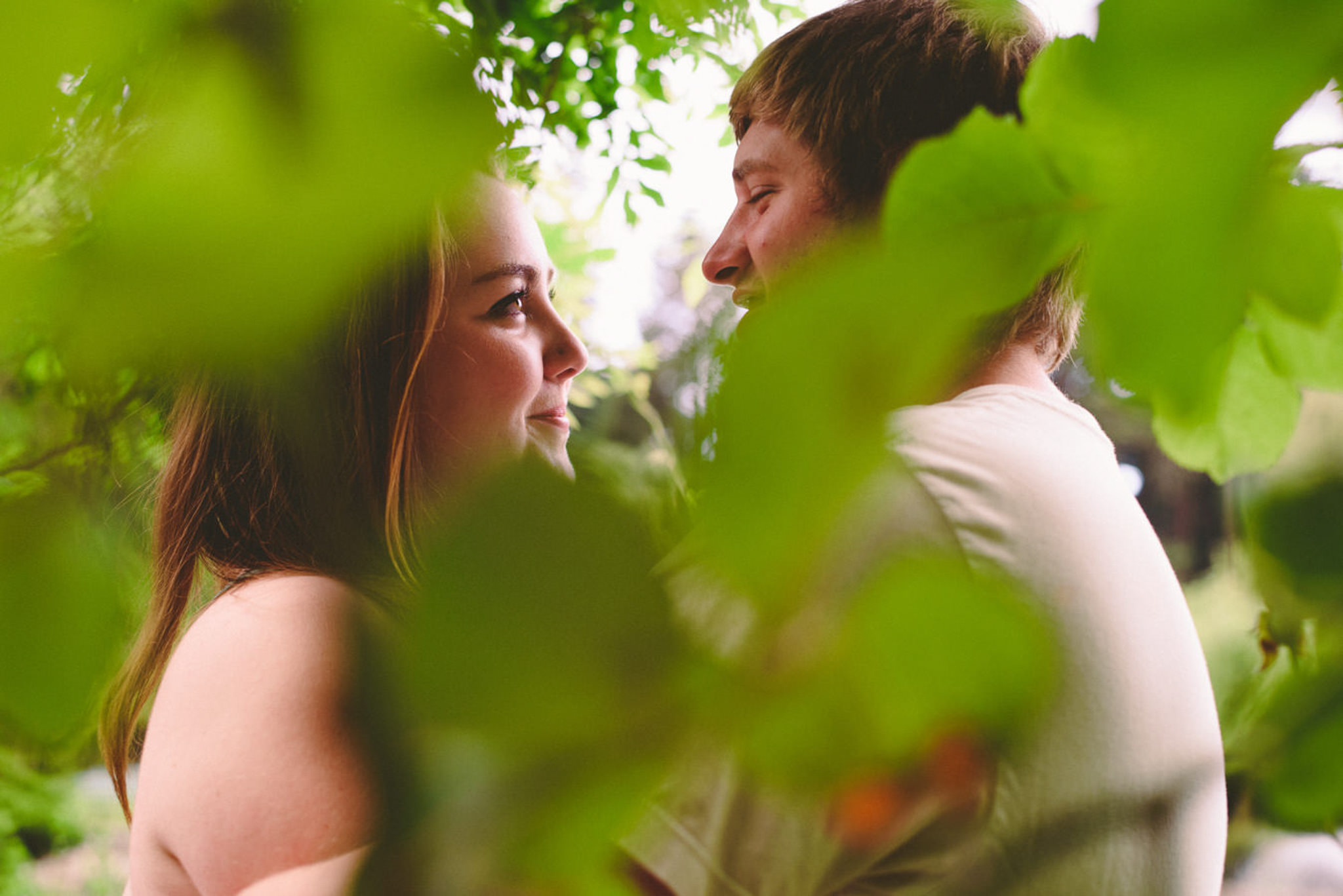
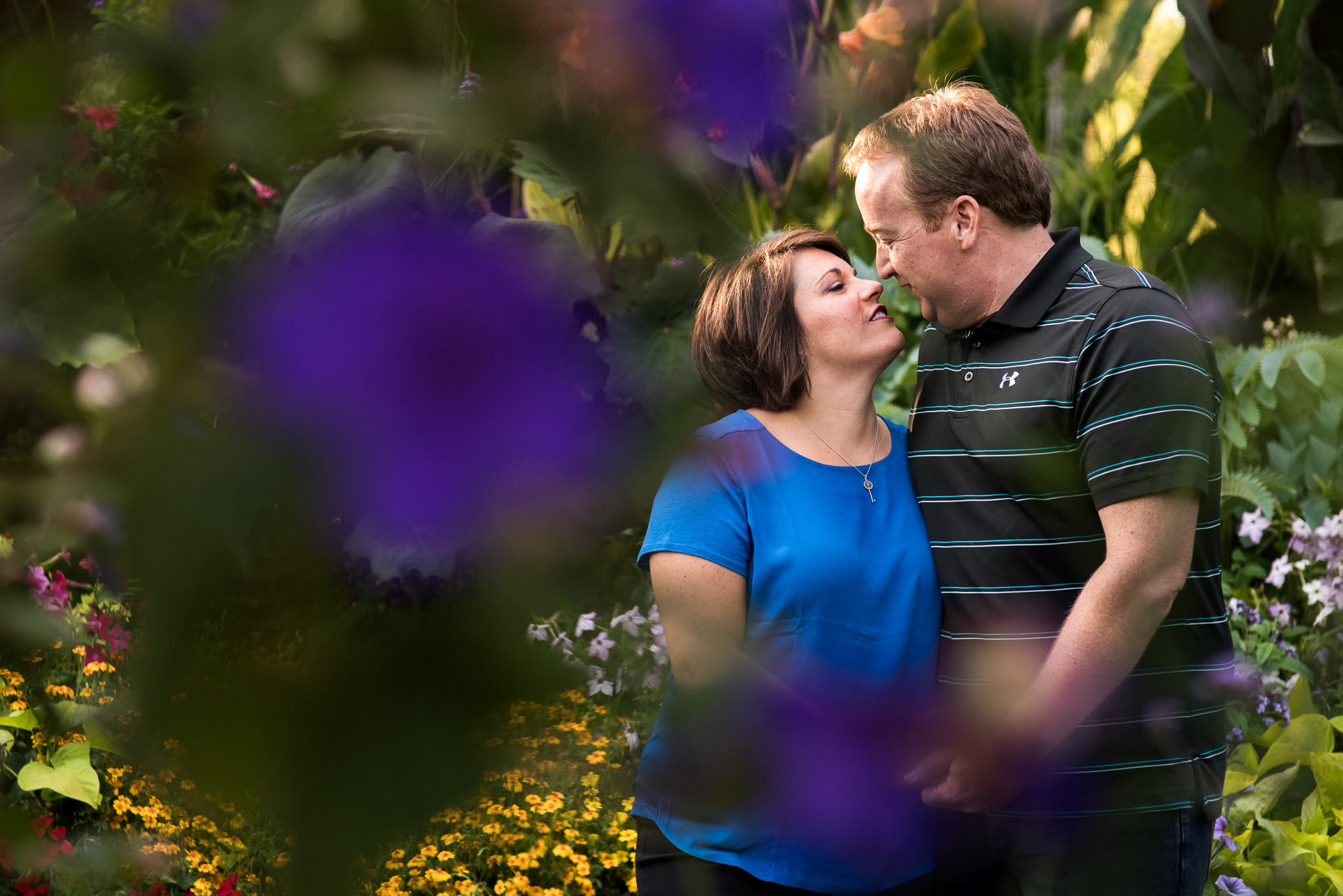
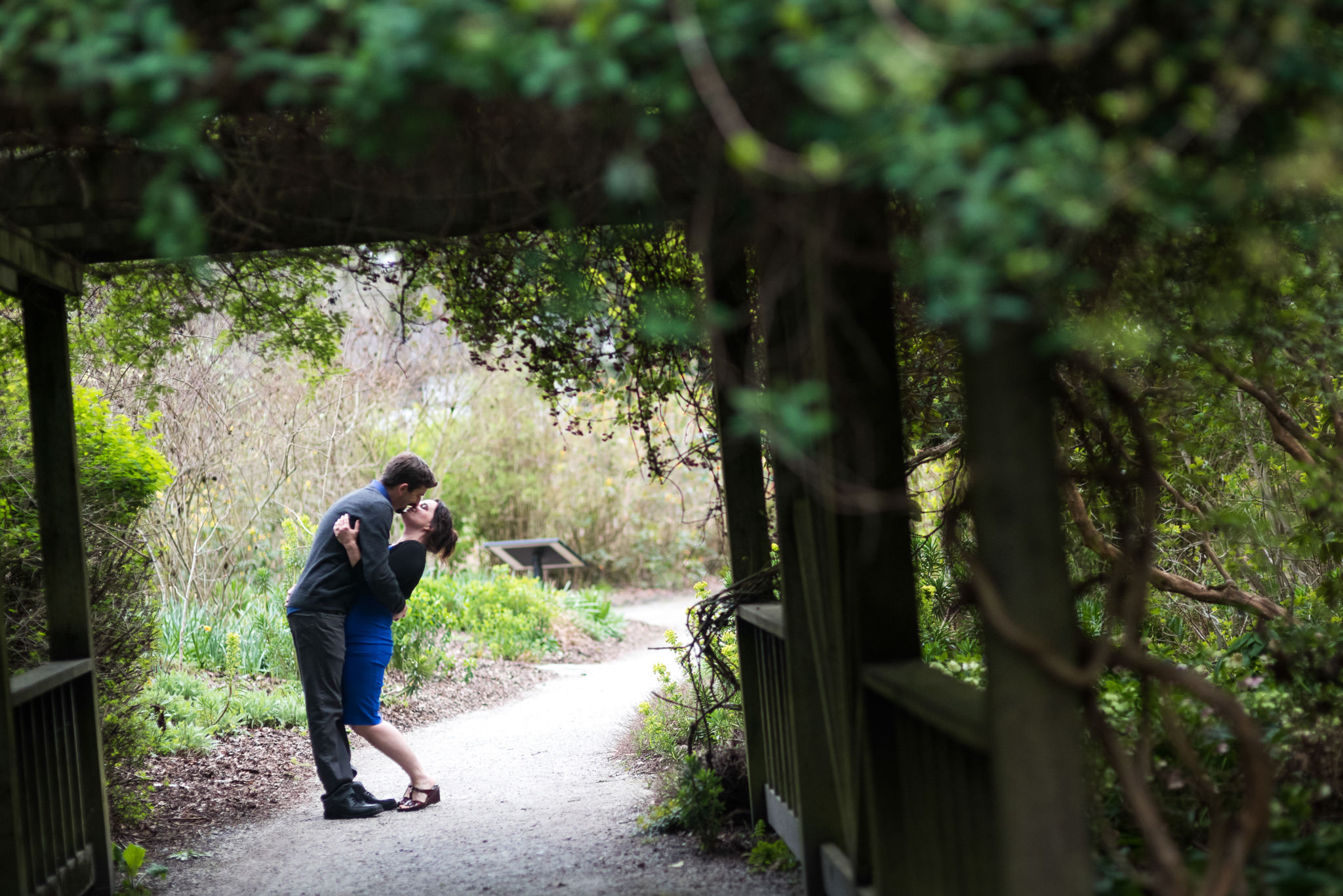
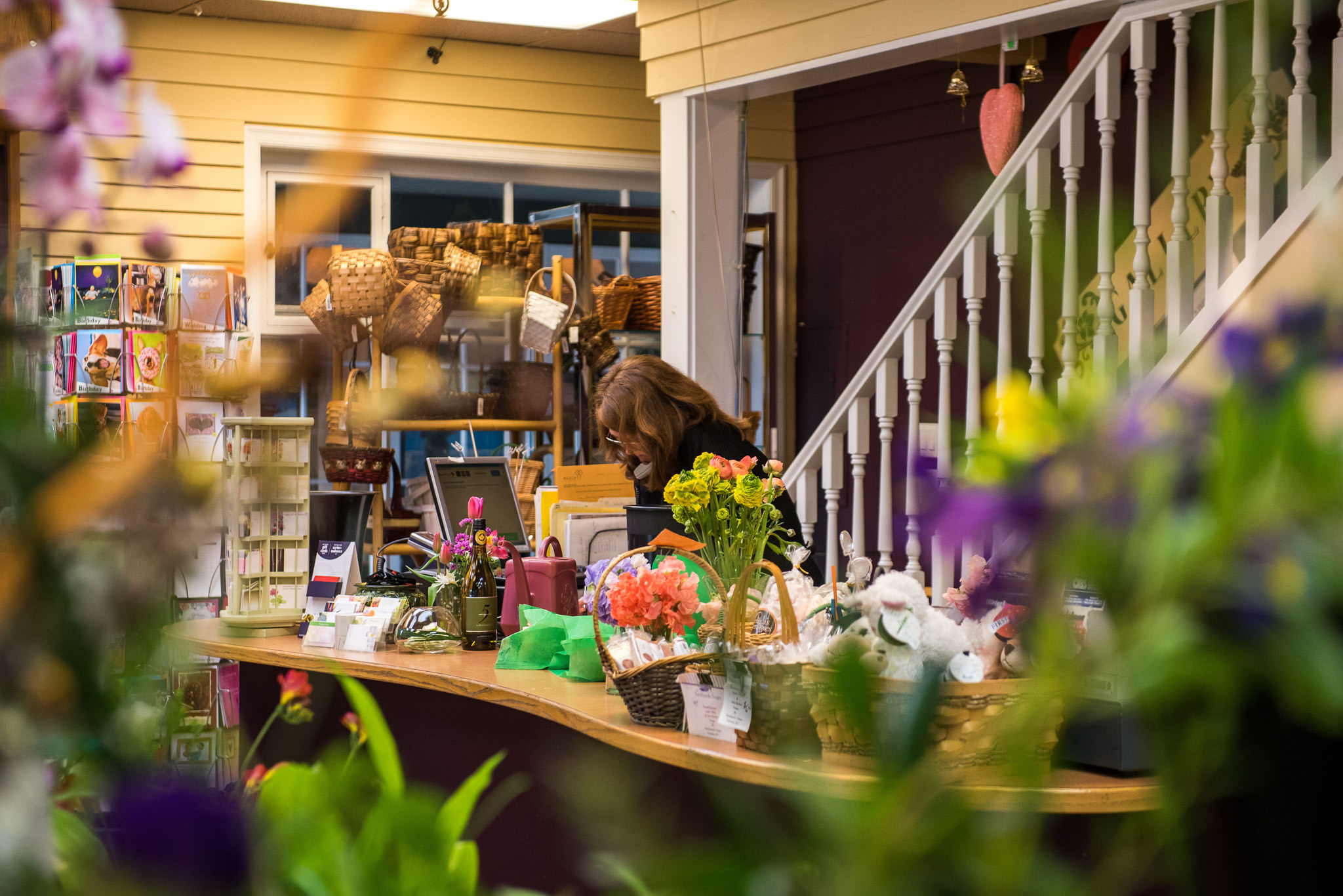
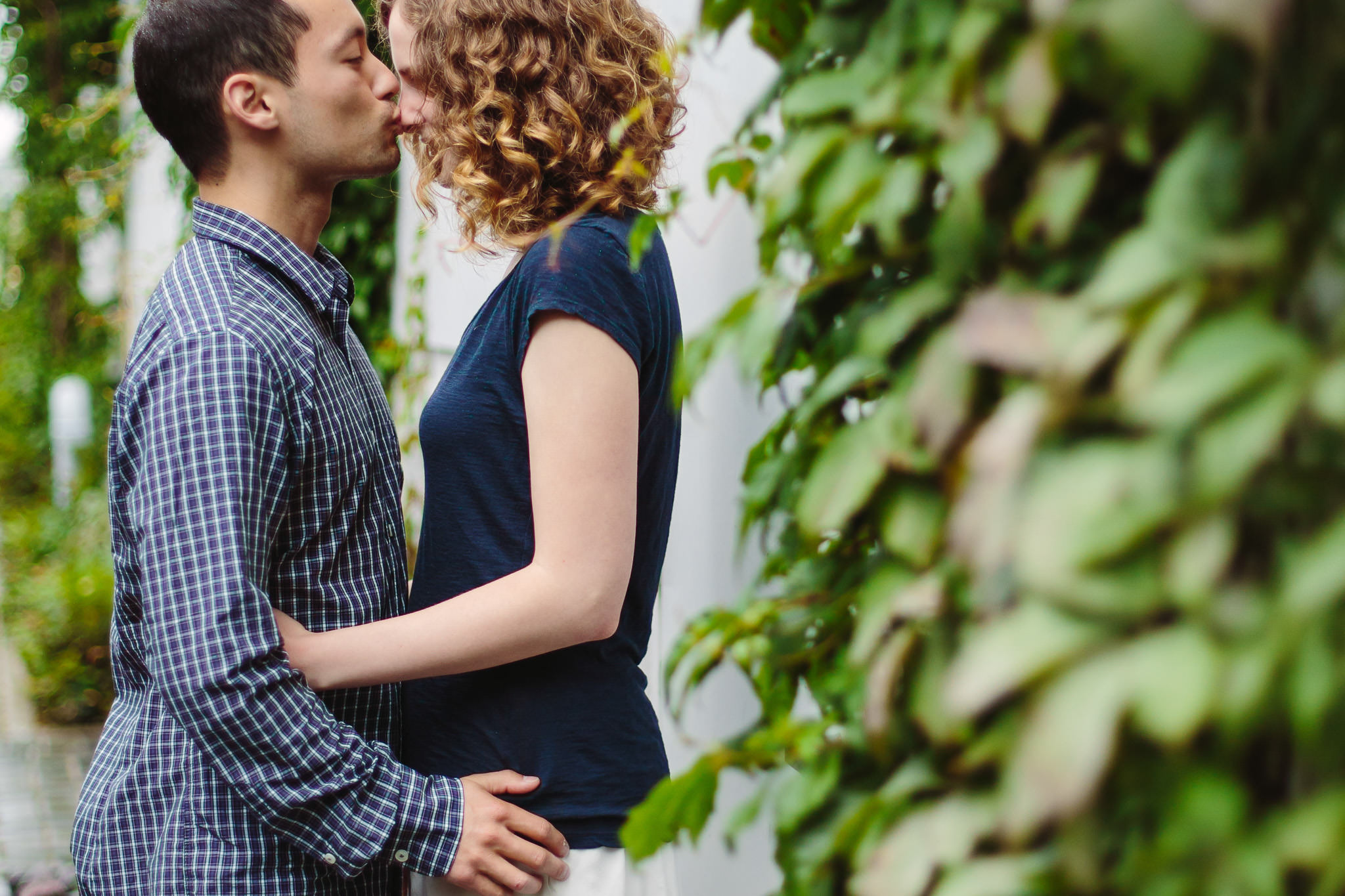
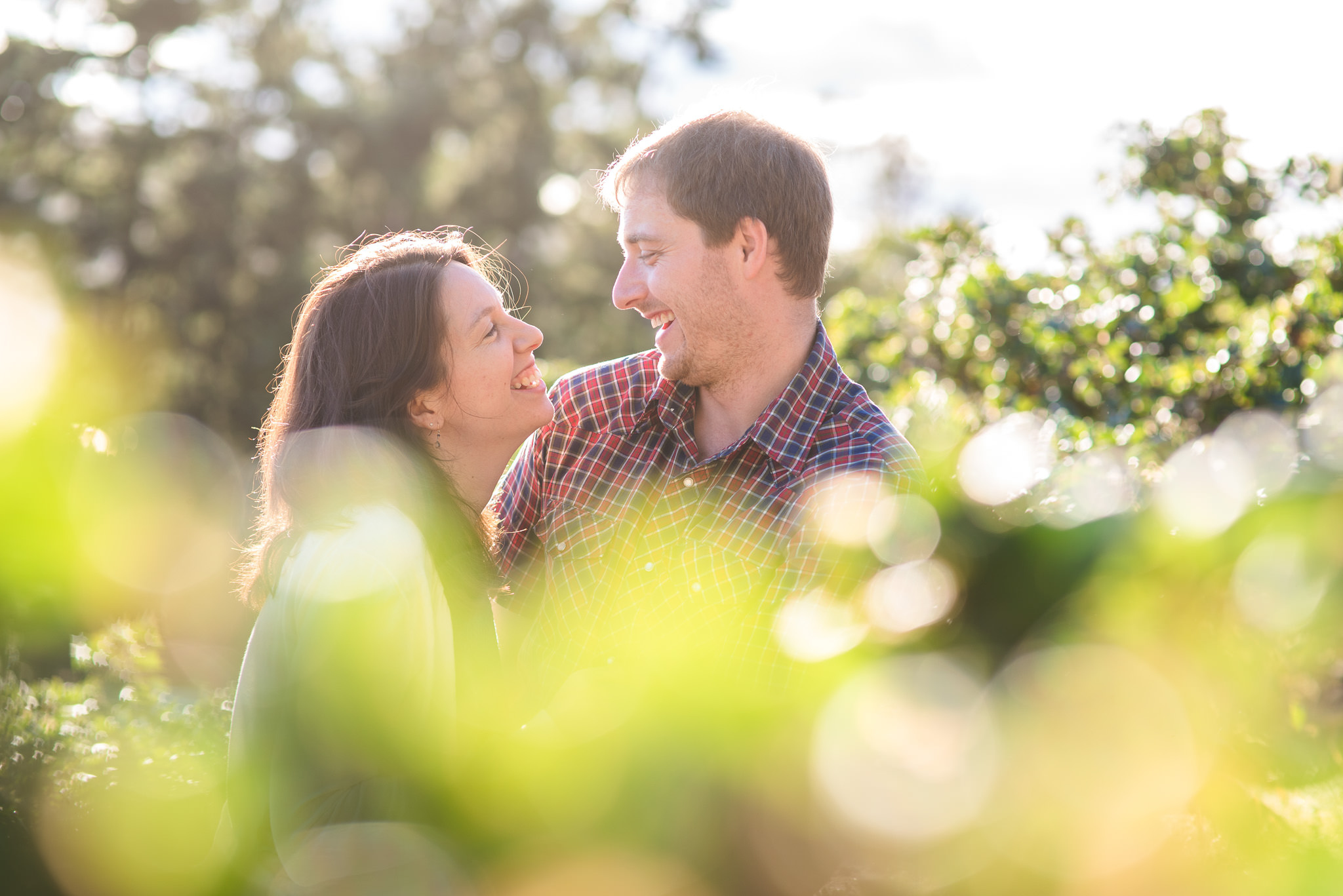
Here are some tips on getting a blurry foreground and making it look interesting:
- The closer the foreground element is to your lens, the blurrier it’ll be. I’ll often stand behind or right inside a bush to get some leaves or flowers framing my shot. Also, try using a low aperture to get a shallow depth of field.
- Make sure you’re focusing on your subject. If you’re really close to the foreground element, the camera probably won’t focus on it anyway because lenses can only focus so close. But if your camera actually tries to focus on the foreground, you’ll want to move your focal point onto your subject. With a cell phone, and some newer cameras, this is as easy as tapping on your subject to get focus. With DSLRs and similar, you may need to change your camera to use a single focal point. The search terms that can help you figure out how might be “changing focus points” or “how to change focal point” along with your camera model.
- Think about using things with an interesting shape or colour as a way to frame your subject. The first two images show one of my favourite techniques, shooting through a bush to create a pretty blur in the foreground and draw the eye to my in-focus subjects. A string of lights or a sparkler can also make a fun, bright foreground element.
- The key here is really to think about where you want the viewer’s eye to go in your photo. Composition is very important as you want the blur to lead the eye to your subject and not cover them or distract the viewer.
- I find using a foreground element can create the feeling of peeking in on a scene or moment, so I prefer to pose my subjects in a more candid way for these.
If you have any questions, join us in the Facebook group. I’ll be checking in there daily to see your work and help you achieve the best results.
If you’re just finding this now, you can check out the full list and more information on the challenge here. You can follow me on Instagram at @documentyourdaytoday and use the hashtag #dtd52weeks so others doing the challenge can see your work.

